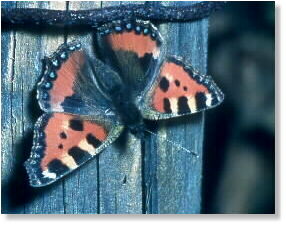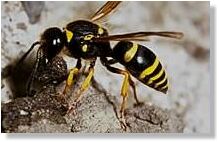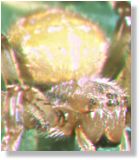| If you are looking for a profound understanding of the development of the species on earth, you should have a look at systematics, that is, the systematic classification of species. The different groups of living creatures are | named according to a hierarchy of categories. This hierarchy is called "taxonomy". There are seven main categories (taxa), explained using the example of the Little Tortoiseshell, a common butterfly in central Europe. |
 |
|
||
|
Kingdom: |
Animalia - Animal Kingdom |
||
| Phylum: | Arthropoda - Arthropods | ||
| Class: | Insecta - Insects | ||
| Order: | Lepidoptera - Butterflies and Moths | ||
| Family: | Nymphalidae - Aristocrats | ||
| Genus: | Aglais | ||
| Species: | A. urticae - Little Tortoiseshell | ||
|
|
| Every creature has a place
in this hierarchy. The placement of a creature in the hierarchy is based
on defined features of body construction.
Example: The body of an insect is divided into three sections: the head, the thorax and the abdomen. An insect always has three pairs of legs attached to its thorax. |
 |
 |
Spiders have only two sections: the front part (equivalent to the head and thorax of an insect) and the hind part (equivalent to the abdomen). Spiders always have four pairs of legs on their front part. Because of these (and a few more) features insects and spiders form two different classes and can easily be distinguished. This is an example of how features of body construction - features that have evolved over many millennia - are used to define taxa. |
| You can use the double arrow below to get to the next chapter or arbitrarily select a chapter from the series by clicking on one of the titles below: |
|
|
|
|
| Photographs by Josť Verkest, Text by Maria Pfeifer |